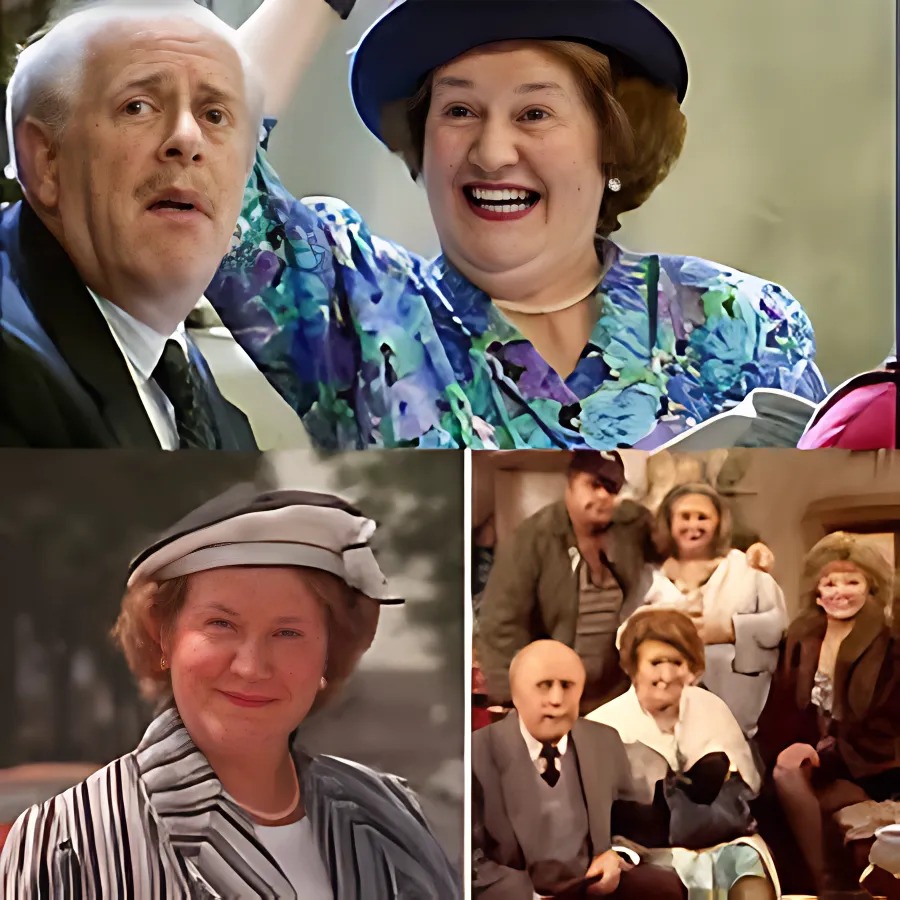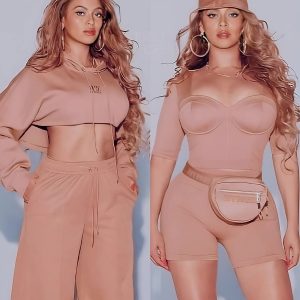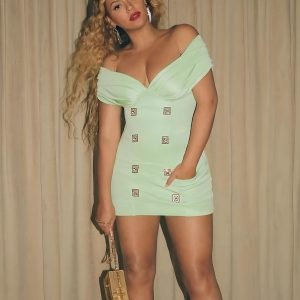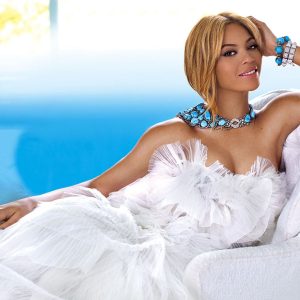In the rich universe of British comedy, Hyacinth Bucket is a legendary character known globally for her humorous attempts at maintaining a facade of high social standing in the classic sitcom “Keeping Up Appearances.” However, fewer viewers are familiar with “Young Hyacinth,” the 2016 prequel produced by BBC, which explores the character’s origins.
Although both series focus on the beloved Hyacinth Bucket, they offer distinctly different portrayals, styles, and comedic approaches that reflect evolving tastes and storytelling methods in British television comedy.
“Keeping Up Appearances,” airing from 1990 to 1995, starred Patricia Routledge as the indefatigably pretentious Hyacinth Bucket (famously pronounced “Bouquet”). This sitcom masterfully depicted Hyacinth’s constant attempts at appearing affluent, respectable, and socially superior, frequently resulting in embarrassing situations.
The series skillfully combined slapstick comedy, witty dialogue, and exaggerated yet relatable characters. It became an international success, not only for its humor but also for the underlying satire highlighting class consciousness, societal pretensions, and the pursuit of superficial perfection.
Routledge’s portrayal of Hyacinth was iconic, defined by memorable catchphrases, impeccable comedic timing, and exaggerated mannerisms that quickly became embedded in popular culture.
In contrast, “Young Hyacinth,” set decades earlier in the late 1950s, attempts to reveal the formative years of Hyacinth, exploring her early influences and providing insight into why she became the socially obsessed figure viewers later loved. Kerry Howard takes on the challenging role, portraying a young Hyacinth who, while still socially ambitious, appears more vulnerable, uncertain, and less confidently pretentious than the version audiences had grown accustomed to in the original series.
The show delves deeper into her family background, highlighting her modest upbringing in a working-class household, an environment she continuously sought to transcend. Her struggles to distance herself from her roots provide narrative tension, creating an emotional backdrop rarely visible in the comedic excesses of the original series.
However, “Young Hyacinth,” despite its intriguing concept, received mixed reviews and struggled to recapture the spirit and popularity of its predecessor. Audiences noticed notable differences in tone, pacing, and comedic style. Whereas “Keeping Up Appearances” thrived on fast-paced situational comedy, farcical misunderstandings, and larger-than-life character dynamics, “Young Hyacinth” adopted a subtler approach, blending comedy with drama.
This tonal shift, though ambitious, was difficult for some longtime fans to accept. Critics and viewers often remarked that, without Patricia Routledge’s larger-than-life charisma, the younger version felt significantly less dynamic and humorous, making comparisons inevitable and not always favorable.
Additionally, supporting characters from “Keeping Up Appearances,” such as Onslow, Daisy, and Rose, had established their own memorable, comedic presence that balanced Hyacinth’s pretensions. By contrast, “Young Hyacinth” struggled to replicate the same chemistry among supporting characters, resulting in a narrative that sometimes felt incomplete or lacking the comedic rhythm that had defined the original.
Audiences found themselves missing the effortless comedy derived from characters like Elizabeth and Emmet, whose interactions with Hyacinth delivered consistently entertaining dynamics in the original series.
Nonetheless, “Young Hyacinth” succeeded in expanding the narrative universe and deepening viewers’ understanding of Hyacinth’s complexities. It illuminated her motivations, desires, and insecurities—elements only briefly hinted at in “Keeping Up Appearances.”

The portrayal by Kerry Howard, though different, was still thoughtful and sensitive, emphasizing Hyacinth’s humanity behind the facade, inviting a degree of empathy from audiences.
Ultimately, both series present unique perspectives of the same iconic character. “Keeping Up Appearances” remains a classic comedy beloved for its humor, sharp satire, and memorable characters, while “Young Hyacinth” offers a more reflective, character-driven exploration of Hyacinth’s origins, motivations, and complexities.
Though the prequel didn’t achieve the widespread acclaim of its predecessor, it provided fans with meaningful background that enriched the appreciation of a character whose comedic struggles continue to resonate deeply with audiences worldwide.





